Treating Pink Eye in Edmonton
Pink eye is not considered to be a serious condition, but it can cause significant discomfort and it is a common eye disease in Canada. Though it is usually more common in kids, pink eye also affects adults, and it is known for being highly infectious.

Types of Pink Eye
The medical term for pink eye is conjunctivitis. It is the inflammation of the conjunctiva, which is a clear membrane located on the inner surface of our eyelids. When infected, the blood vessels located in the membrane region get swollen, giving the reddish appearance that people often refer to as pink eyes.
In most cases, pink eyes are related to viral infections, as they are typically easier to contract than other types of conjunctivitis. However, there are four types of pink eye conditions and, even though in most cases they don’t represent a serious health risk, they all need to be addressed promptly.
Viral infection
This is the most common type of conjunctivitis, and it can be easily contracted through direct or indirect contact. Cross-infection is very common among kids in schools as the child suffering from pink eye may rub their itchy eye and have contact with other kids on the same day, making it easy for the infection to spread. Even though it can be quite uncomfortable with a sore, watery, light-sensitive eye, in most cases viral conjunctivitis don’t last more than a week and are not helped by antibiotics.
Bacterial infection
Bacterial conjunctivitis typically needs to be addressed more urgently. Apart from being highly infectious, it can lead to more serious conditions than viral pink eyes. Moreover, when pink eye is caused by bacteria, pus might accumulate in the infected eye, which causes further discomfort to those suffering from the condition.
Allergic Pink Eye
Pink eyes can also be caused by allergic reactions, which can cause similar symptoms to those experienced with viral conjunctivitis. They are more commonly present in people that are allergic to pets, pollen, or even those who are more sensitive to dust. Though it is not considered to be a serious condition, finding out what is causing the allergic reaction can take time, making allergic pink eye a persistent issue for some people. Prescription eye drops can help short-term or long-term, as needed depending on symptoms and cause.
Chemical Pink Eye
Apart from infections, pink eyes can also be the result of exposure to other elements. Eyes can be very sensitive to certain chemicals and these substances can also cause great discomfort. For instance, the chlorine used to keep swimming pools clean can irritate the eyes of children and swimmers, which causes symptoms that are very similar to infectious conjunctivitis. In most cases, symptoms go away after flushing the irritated eye.
Ask us anything
What are the symptoms of Pink Eye?
The symptoms of pink eye (conjunctivitis) can vary depending on the type of infection (viral, bacterial, or allergic) and its severity. However, common signs include:
- Redness in one or both eyes
- Swollen eyelids
- Itchiness and irritation
- Excessive tearing or watery eyes
- Mild sensitivity to light
- Yellow or green discharge from the eye, which may cause eyelashes to stick together
- A gritty or burning sensation
- Mild pain and discomfort
If you experience persistent or worsening symptoms, it’s important to consult an eye doctor to determine the cause and best course of treatment.
What causes Pink Eye?
Pink eye is most commonly caused by viruses or bacteria, but allergic reactions and chemical irritants can also lead to conjunctivitis.
- Viral Conjunctivitis – The most common form of pink eye, often linked to cold and flu viruses. It is highly contagious and can spread through direct contact, coughing, or sneezing.
- Bacterial Conjunctivitis – Caused by bacteria such as Staphylococcus or Streptococcus, this type of infection produces more discharge and can be more serious if left untreated. It is also contagious and spreads through direct or indirect contact (such as touching infected surfaces).
- Allergic Conjunctivitis – Triggered by allergens like pollen, pet dander, or dust, this type is not contagious and usually occurs alongside other allergy symptoms like sneezing or a runny nose.
- Chemical Conjunctivitis – Caused by exposure to irritants like smoke, chlorine, or harsh chemicals. This type is not contagious but may require treatment to reduce inflammation and discomfort.
How is Pink Eye treated?
The treatment for pink eye depends on the cause:
- Viral Pink Eye – Usually resolves on its own within a few days to a week. No medication is needed, but cold compresses and artificial tears can help relieve discomfort.
- Bacterial Pink Eye – Often requires antibiotic eye drops or ointments prescribed by an eye doctor. If treated properly, symptoms typically improve within a few days.
- Allergic Pink Eye – Antihistamine eye drops or oral allergy medications can help reduce symptoms. Avoiding known allergens and using cold compresses can also provide relief.
- Chemical Pink Eye – Rinse the eyes immediately with clean water if exposed to chemicals or irritants. If irritation persists, consult an eye doctor as soon as possible.
How Can I Prevent Pink Eye or Conjunctivitis??
Since pink eye is highly contagious, taking preventative measures can help reduce your risk:
- Wash your hands frequently with soap and water.
- Avoid touching your eyes, especially with unwashed hands.
- Do not share personal items like towels, pillowcases, or makeup.
- Replace old eye makeup and contact lenses regularly.
- Disinfect frequently touched surfaces, especially in shared spaces.
Can I wear contact lenses if I have conjunctivitis?
No, you should not wear contact lenses while experiencing pink eye symptoms. Contact lenses can trap bacteria or viruses against the eye, worsening irritation and potentially prolonging the infection. If you develop pink eye:
- Switch to glasses until the infection clears up.
- Disinfect or replace your contacts, case, and solution before resuming lens wear.
- Consult an eye doctor if symptoms persist or worsen.
If you suspect you have pink eye or are experiencing symptoms, contact Optometrists’ Clinic Inc. in Edmonton for a proper diagnosis and treatment plan!
Pink Eye Treatment In Edmonton
If you think you are suffering from pink eye (or conjunctivitis) and are looking for professional help, Optometrists’ Clinic Inc is here for you. This type of medical visit to your optometrist is covered by Alberta Health Care. Be it an allergic reaction, a viral or bacterial infection, or even exposure to chemicals, our experienced eye doctors will be able to address the problem promptly with the suitable treatment.
Schedule an appointment at one of our clinics in Edmonton, Leduc or Westlock!
Learn More About Pink Eye

What Are the Different Causes of a Red Eye Infection?
Are your eyes looking red or bloodshot? Red eye is a common condition that is often a symptom of other eye problems. In this blog, we are going to look at

How Lumify Eye Drops can Relieve Eye Redness
Are Red Eyes Normal? What You Should Know and When to Use Eye Drops It’s common to occasionally experience red or bloodshot eyes. While this condition is often harmless, it

What You Need to Know About Pink Eye
Pink Eye (Conjunctivitis): Causes, Symptoms, and Treatment Options in Edmonton Conjunctivitis, commonly known as pink eye, is an inflammation of the conjunctiva, the thin, clear tissue covering the white part
Book your eye exam with The Optometrists' Clinic today!
We invite you to get in touch, so that we can support you & give you the tools and knowledge you need to care for or improve your vision!


